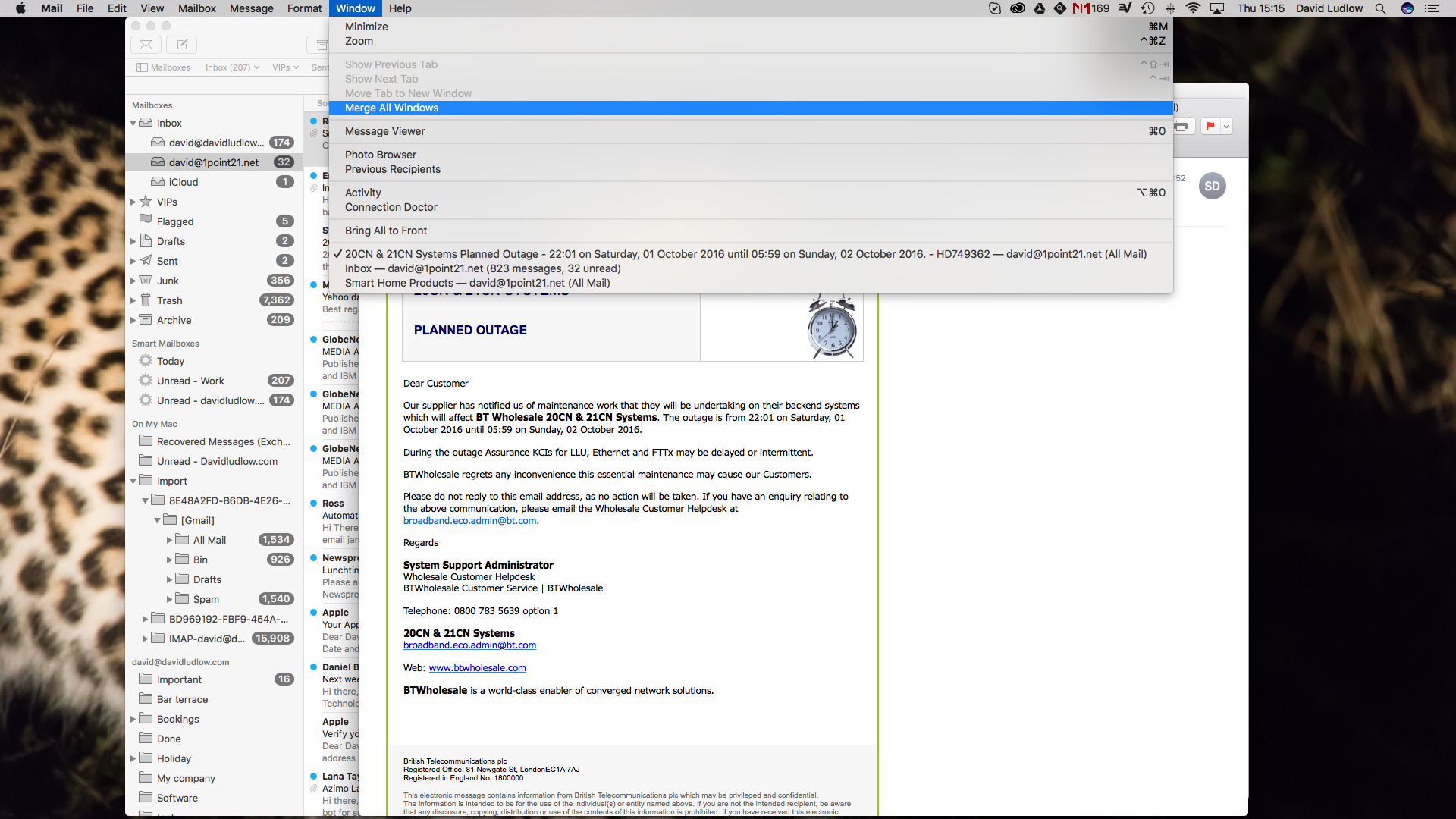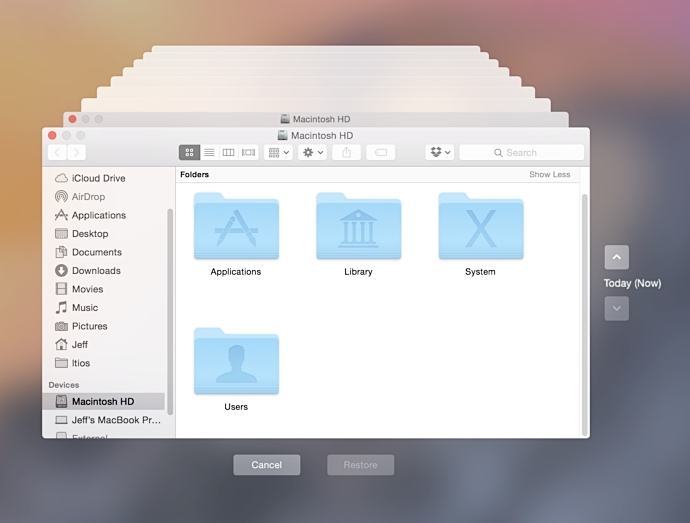
- #Timemachine settings for mac sierra for mac
- #Timemachine settings for mac sierra software
- #Timemachine settings for mac sierra windows
#Timemachine settings for mac sierra for mac
Step 1: Download and install AweCleaner for Mac on your Mac. Solution 2: format hard drive under macOS 10.13 High Sierra with AweCleaner for Mac Please note that the formatted data on your hard drive still can be recovered by data recovery software.

Step 8: Plate Utility will begin organizing the drive. Select the non-indented section for your Seagate drive.Ĭautioning: Formatting the drive will eradicate all data on the drive, so you should duplicate any data you need off the drive before arranging.

Tap on the view catch in the upper left-hand side, change to Show All Devices. Note: If you don't see the plan choice, at that point you have chosen the volume and not the drive. Step 6: Select GUID Partition Map for Scheme Step 5: Select OS X Extended (Journaled) for Format On your Mac, use Time Machine preferences to select a backup disk, set Time Machine to back up automatically, and specify options, such as excluding files from a backup and being notified when old backups are deleted. Step 3: Select ‘Erase ‘ which opens the accompanying window. This component was presented in macOS 10.13 High Sierra The view catch is in the upper left-hand side, change to Show All gadgets. Note: If you don't see two passages filed at that point change the view in plate utility to demonstrate the drive and the volume. Step 2: Select the hard drive on the left. Open Finder > Applications > Utilities > Disk Utility Solution 1: format hard drive under macOS 10.13 High Sierra with Disk Utility Now, let's start to format a hard drive under macOS 10.13 High Sierra with some easy tools.

First of all, get your data backed up before do the format. In this article, we will introduce you a few tools you can use for formatting hard drive under macOS 10.13 High Sierra.
#Timemachine settings for mac sierra software
This Mac 911 article is in response to a question submitted by Macworld reader Gabriel.When you have the need to format a hard drive under macOS 10.13 High Sierra, it typically requires the use of third-party hard drive format software like Disk Utility.

#Timemachine settings for mac sierra windows
As with most older protocols, it got long in the tooth, and Apple went from just supporting the Windows and Linux world’s SMB to shifting to it as the only built-in sharing method. But in this transition, one capability was quietly lost: APFS volumes cannot be shared for network access via Apple’s relatively ancient Apple Filing Protocol (AFP).ĪFP dates to the pre-OS X days, with a version appearing in System 6 in the late 1980s. In Big Sur, Time Machine volumes can finally be formatted with APFS, too. Apple began phasing in the use of its SSD-friendly APFS file system with High Sierra for SSD-only Macs, and then upgraded Fusion Drive-based Macs in Mojave.


 0 kommentar(er)
0 kommentar(er)
